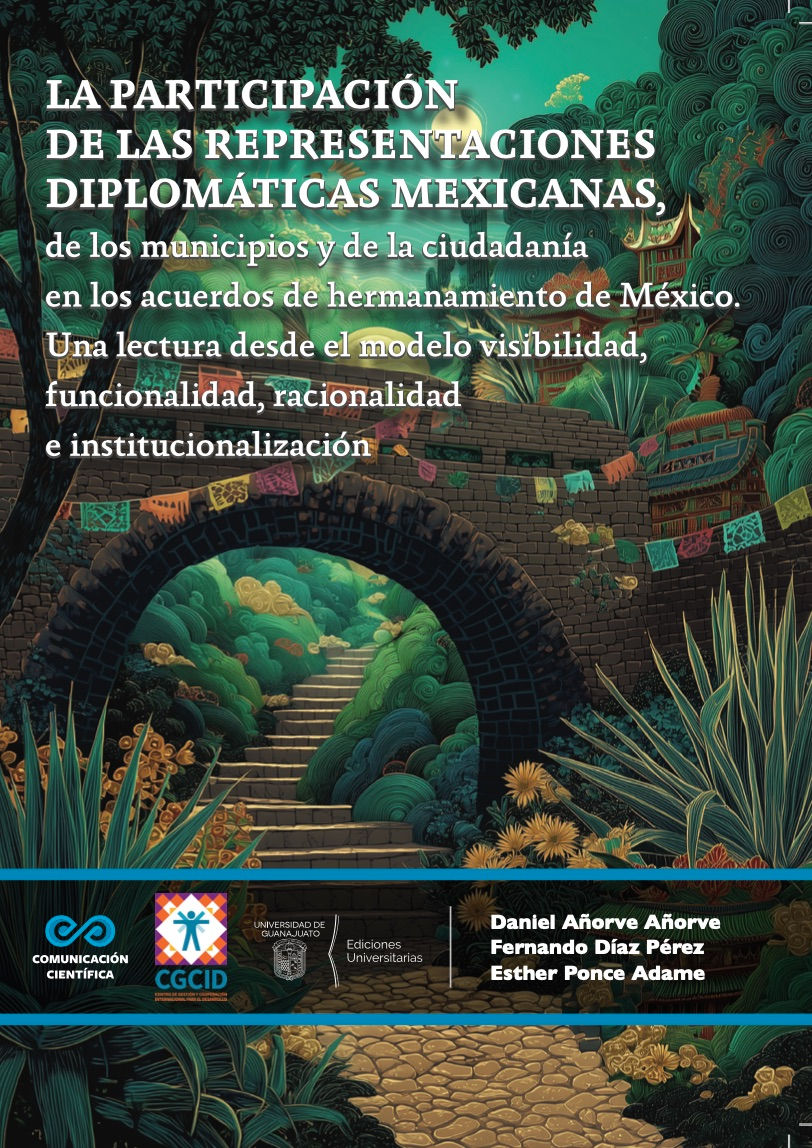A contrasting tale of two sister cities agreements
- MVCH

- 1 may 2021
- 4 Min. de lectura
Actualizado: 18 ago 2021
Sister Cities have evolved considerably through the decades. They tend to reflect the watersheds of the international system and they may mirror the evolving realities of international power structures. Despite this reality, there are things that do not change much. Since the creation of Sister Cities International (SCI) in 1956, this organization has institutionalized, to a large extent, President Eisenhower’s citizen diplomacy (people-to-people).
SCI has established certain rules (not always written) and standards as footprints for the existing or future-to-be sister or twinning agreements to which U.S. cities become part of. SCI recommends limiting to one such sisterhood per city. On top of that, it recommends to develop sister cities ties with cities of comparable size (population), as well as having some shared characteristics, whether we talk about culture, geography, economic activity, sporting activities, etc.
Morgantown is a small-size city, located in West Virginia, within driving distance to a major U.S. industrial city, i.e., Pittsburgh, PA. Morgantown, as it happens with hundreds of U.S small cities, may be considered a university town, as its existence is closely related to West Virginia University (WVU). Morgantown has important mining (coal) activity, as it is surrounded by mountains (indeed WVU’s sport teams are called “Mountaineers”.
Its mining tradition and relevance explains to a certain extent its decision to become sister city with another small city, also a mining town in central Mexico: Guanajuato. If one goes over a checklist, it is easy to conclude that the sisterhood between Morgantown and Guanajuato was ‘destined to be’, it just looks so natural: both are small cities, both host the respective state’s largest university campus; both cities have enjoyed a mining ‘vocation’.
Moreover, long established academic exchanges between students and professors of both universities paved the way for a future sisterhood. The academic exchanges are substantial and institutionalized. Universidad de Guanajuato usually conducts one of its summer language programs in Morgantown (a program to strengthen its own faculty’s knowledge of English). Meanwhile, West Virginia University’s College of Law usually conducts (prior to the Covid-19 global pandemic) one of its summer programs at Universidad de Guanajuato. WVU’s students do not limit themselves to study at Universidad de Guanajuato during two weeks every other summer. On top of the academic contents, they are also exposed to Mexican architecture, archeological sites, art, culinary, and historic tours and events. Needless to say, with this degree of institutionalization faculty members of both cities have developed friendships, which have prompted reciprocal sabbatical stays.
Despite SCI’s tradition and expectation of having only one sister city agreement for each U.S. city, Morgantown became a sister city with Xuzhou, China (in 2016), after four years of having a “Friendship City status”. Xuzhou is a large city (close to 9 million inhabitants). The demographic gap between both cities would make unthinkable a sisterhood according to SCI’s original tradition; however, there are many connecting points and interests between both cities: Xuzhou is an international new energy base. Xuzhou is also home to China University of Mining and Technology.
Both sister cities agreements are potentially beneficial for Morgantown, as both sister cities are home to leading regional universities as well as both having a mining history and expertise; however, in recent years the trajectories of the sisterhoods are very different.
The Morgantown-Guanajuato is dormant. The reality is that the municipal follow-up to the agreement presents is semi-stagnated. The continuity of the agreement seems to rest on the efforts and initiatives of individuals and/or on university exchanges. Meanwhile, the Morgantown-Xuzhou agreement is vibrant and active. Last September (2020), Morgantown received a significant donation of Personal Protection Equipment from Xuzhou. The donation included 20,000 FDA certified facemasks, 500 surgical gowns, and 300 face goggles. Additionally, a few days ago (during April 2021) the sister city agreement has paved the way for the planning a Morgantown's portion of a park that will be part of a national garden expo coming to Xuzhou. Apparently there are some plants that are native to China but exist in the same genus or family in West Virginia. The plants have a common ancestor, but they have been separated over time.
Morgantown City Council recently approved $15, 000 for the landscape design and master planning of the "eco-park, " and is working with Wallace Pancher Group, as well as representatives of the Botanic Garden and Core Arboretum on the project. Meanwhile, in China, Xuzhou plans to build seven parks in the international zone of the expo, each dedicated to a sister city. Morgantown will be the only one from North America.
As a concluding thought, it is worth noting that structural and demographic similarities do count; however, it is undeniable that concrete outcomes of sister cities agreements do not depend on the level of similarities between two cities. The follow-up, the political will and vision trump over demographic, historical, and geographic realities.
China is a rising power and this is shown in the dynamism that its cities print into their sister cities agreements. Meanwhile, Mexico, an arguably established democracy, has a long way to go before fulfilling the promises of its federalism and the internationalization of its cities and subnational governments. The Virtual Museum of Sister Cities (MVCH) certainly hopes to raise awareness of knowledge and practices surrounding the hundreds of sister cities agreements that a plethora of Mexican cities have signed over the years.

Dr. Daniel Añorve Añorve
Profesor del Departamento de Estudios Políticos y de Gobierno
Universidad de Guanajuato



Comentarios